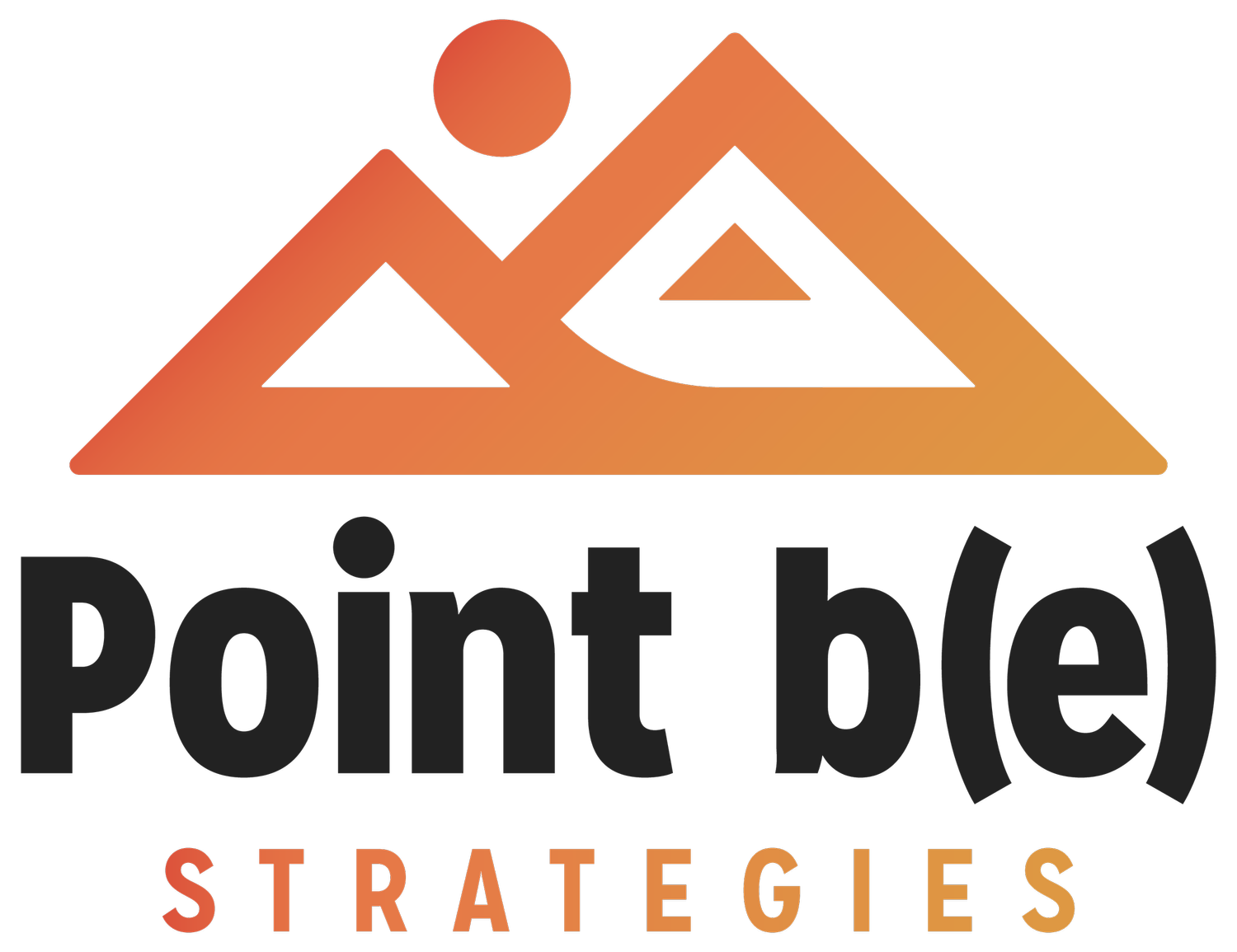Equity-Centered Evaluation
By Nancy ZuercherThere are many things I love about working at Point b(e) Strategies—my brilliant colleagues, our passionate and purpose-driven clients, and the opportunity to apply my skills to helping address local issues, to name a few. At the top of the list of factors that keep me devoted to Point b(e) Strategies are our core values. As a company, we are rooted in the values of authenticity, integrity, equity, process, change and partnership.
As I reflect on our evaluation service area, each of these values is vitally important for conducting high-quality evaluations and stakeholder engagement processes. As an evaluation consultant, I’m often asked to describe how equity shows up in our work. Here are a few of the ways that we encourage our clients to embed equity into their evaluations:
Engage program participants and/or the community in the evaluation process. For our clients, this often looks like a Task Force that includes program staff, participants, and other community members who are provided with opportunities to reflect on the evaluation questions and data collection tools. It’s also important to allow space for participants to reflect on the findings in order to provide depth and context, as well as to understand how to incorporate findings into program improvement.
Embed an understanding of the historical and cultural context of the community and the work. Our clients and partners do not work in a bubble or in a vacuum. Their participants, communities and stakeholders are part of a larger historical, cultural and sociopolitical context. It’s important to learn and understand that context when thinking through outcomes, objectives, data collection strategies. and findings.
Seek culturally appropriate data collection methods. We rely on the expertise of our clients and the Task Force to help guide the types of data collection tools that will gather the most authentic feedback from program participants or the community. When possible, we utilize a mixed-methods evaluation approach that includes both quantitative and qualitative data collection strategies in order to gather rich and meaningful data.
Include language justice. We’ve spent time making sure our data collection tools and methods are culturally relevant and appropriate. Now it’s important to make sure the participants can engage and respond in the language of their heart. We have a great partner that supports our work through translation and interpretation.
Consider power dynamics. Power dynamics can show up in several ways during evaluation—between our clients and us, between the program participants and us, between our clients’ staff and the program participants—and in more ways. Be aware of how the power dynamics are showing up and potentially impacting data collection. Adjust strategies as needed to help ensure authentic participation of program participants.
Disaggregate data during analysis. Disaggregating data by subgroups (race, gender, LGBTQ+ status) is not easy and certainly adds a layer of time and expertise to the data analysis process. However, it’s a key step to embedding equity in evaluation. Disaggregating data by subgroup provides the opportunity to lift up marginalized voices and ensure that different perspectives are accounted for.
By incorporating these equity-centered approaches into our evaluation process with clients, we are better equipped to provide a final report that is accessible to our clients and helps them identify actionable steps for program improvement and refinement. While this list isn’t exhaustive or complete, it’s a starting point to weave in equity and continue pushing for authentic community engagement and thoughtful change.
